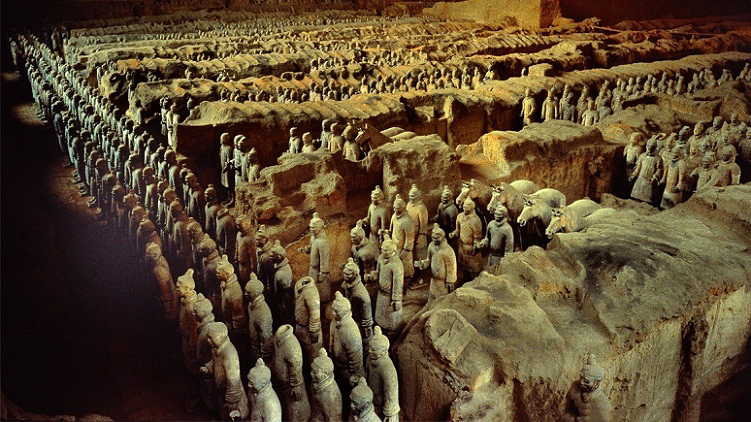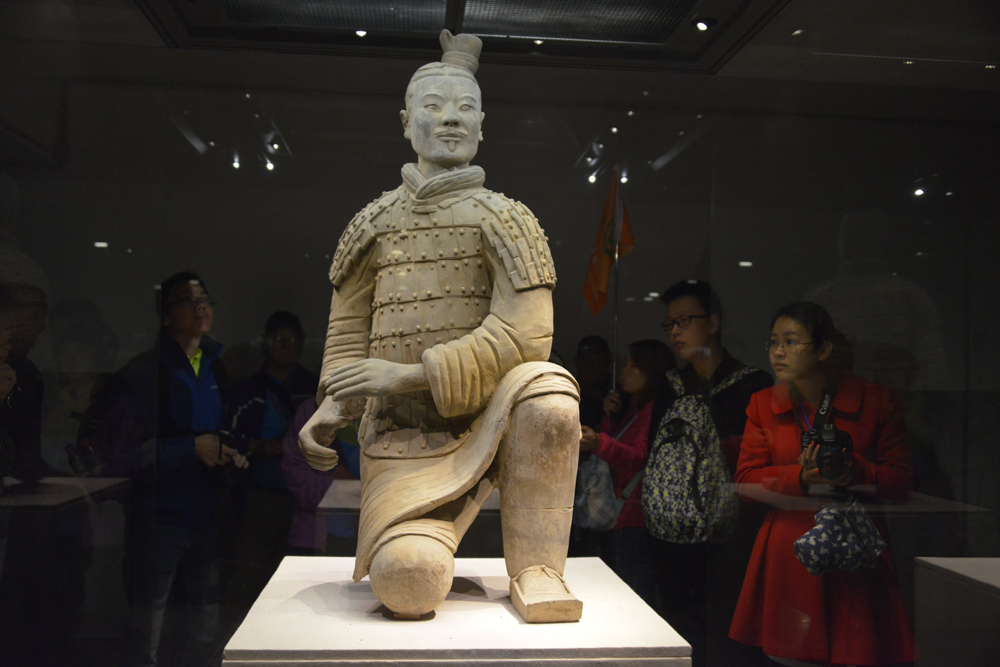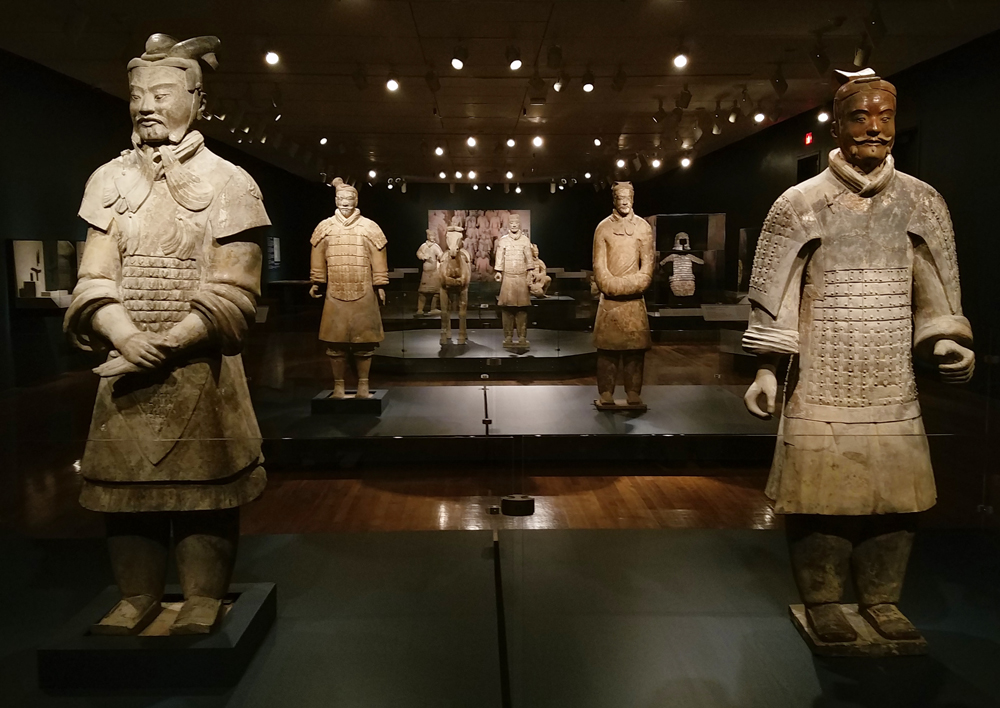Preface of The Terracotta Army

The Terracotta Army of the First Qin Emperor , located in Shaanxi Province, China, is a grand group of terracotta warriors, which was accidentally discovered in 1974. These pottery figurines are buried in three huge pits, near the tomb of the first emperor of China, Qin Shi Huang, who passed away in 210 BC. The purpose of this terracotta army is to protect his peace in the afterlife. According to some estimates, the Terra Cotta Warriors may include more than 8000 soldiers, 670 horses and 130 chariots. Each pottery figurine is the size of a real person, but the actual height varies depending on the rank.
The Mystery of Discovery

The astonishing discovery of 1974
The story of The Terracotta Army in the the Mausoleum of the First Qin Emperor began in 1974. When local farmers were digging a well, they accidentally found fragments of the terracotta warriors. This discovery attracted widespread attention, and subsequent archaeological excavations revealed this huge army of terracotta warriors. This ancient soldier army has long been hidden underground, becoming a major breakthrough in archaeology.
The Tomb of the Emperor
The terracotta warriors group is located on the east side of the the Mausoleum of the First Qin Emperor. The mausoleum itself is a grand building, which was built for the first emperor of China, Qin Shihuang. Emperor Qin Shihuang unified China and created China’s first empire. He was committed to extending his rule into the afterlife, which was the purpose of the terracotta army.
The size and characteristics of soldiers

Large quantity
The number of The Terracotta Army in the the Mausoleum of the First Qin Emperor is breathtaking. It is estimated that this terracotta army consists of over 8000 soldiers, divided into different ranks and branches. In addition to soldiers, there are 670 pottery horses and 130 pottery chariots. This spectacular scale reflects the wealth and power of the Chinese rulers at that time.
Divided by military rank
The military ranks and roles of the terracotta warriors are accurately reflected in the pottery figurine group. They are divided into different types, such as infantry, archers, cavalry, and officers. Each soldier wears realistic ceramic armor and is equipped with weapons, including bows, arrows, swords, and spears.
Facial features
The facial features of each pottery figurine are unique, indicating that they may have been shaped based on real characters. These facial features are lifelike, presenting various expressions, and the stunning details make each pottery figurine unique.
Defending the Emperor’s Afterlife

Defending the Emperor’s Burial Articles
One of the purposes of The Terracotta Army in the the Mausoleum of the First Qin Emperor is to protect the Emperor in the afterlife. I believe these pottery figurines will serve him in his tomb, defend his soul and rule. This belief originates from ancient Chinese religions and supernatural beliefs.
Preventing Tomb Robbery
In addition to protecting the emperor, the terracotta army may also play a role in preventing tomb theft. When the terracotta army was discovered, no valuable treasures were found in the tomb, indicating that they may have played a deterrent role and deterred tomb raiders.
Art and Crafts of The Terracotta Army
Exquisite craftsmanship
The Terracotta Army in the the Mausoleum of the First Qin Emperor represents one of the peaks of ancient Chinese ceramics. Each pottery figurine is handmade, and the production process requires exquisite craftsmanship. The potters use clay and clay to make each pottery figurine, and then glaze them during firing, giving them color and luster.
Authenticity and Details
The production process of ceramic soldiers emphasizes extreme attention to detail. From armor to clothing, to weapons and facial features, every detail is carefully crafted to strive for realism. This attention to detail craftsmanship makes ceramic soldiers more lifelike.

World Heritage and Tourist Attractions
The Terracotta Army in the the Mausoleum of the First Qin Emperor was listed as a world cultural heritage by UNESCO in 1987, and has become one of the popular tourist attractions in the world. Tourists from all over the world come to visit this spectacular archaeological discovery and explore the history and culture of ancient China.
Epilogue of The Terracotta Army
The Terracotta Army in the the Mausoleum of the First Qin Emperor is one of the masterpieces of archaeology and art in China and even in the world. This massive ceramic army represents the greatness and grandeur of Chinese history, and also reflects the power and glory of ancient Chinese rulers. This archaeological discovery continues to attract people’s curiosity and admiration. It not only showcases the art and craftsmanship level of ancient China, but also provides us with an opportunity to gain a deeper understanding of ancient culture and history.

